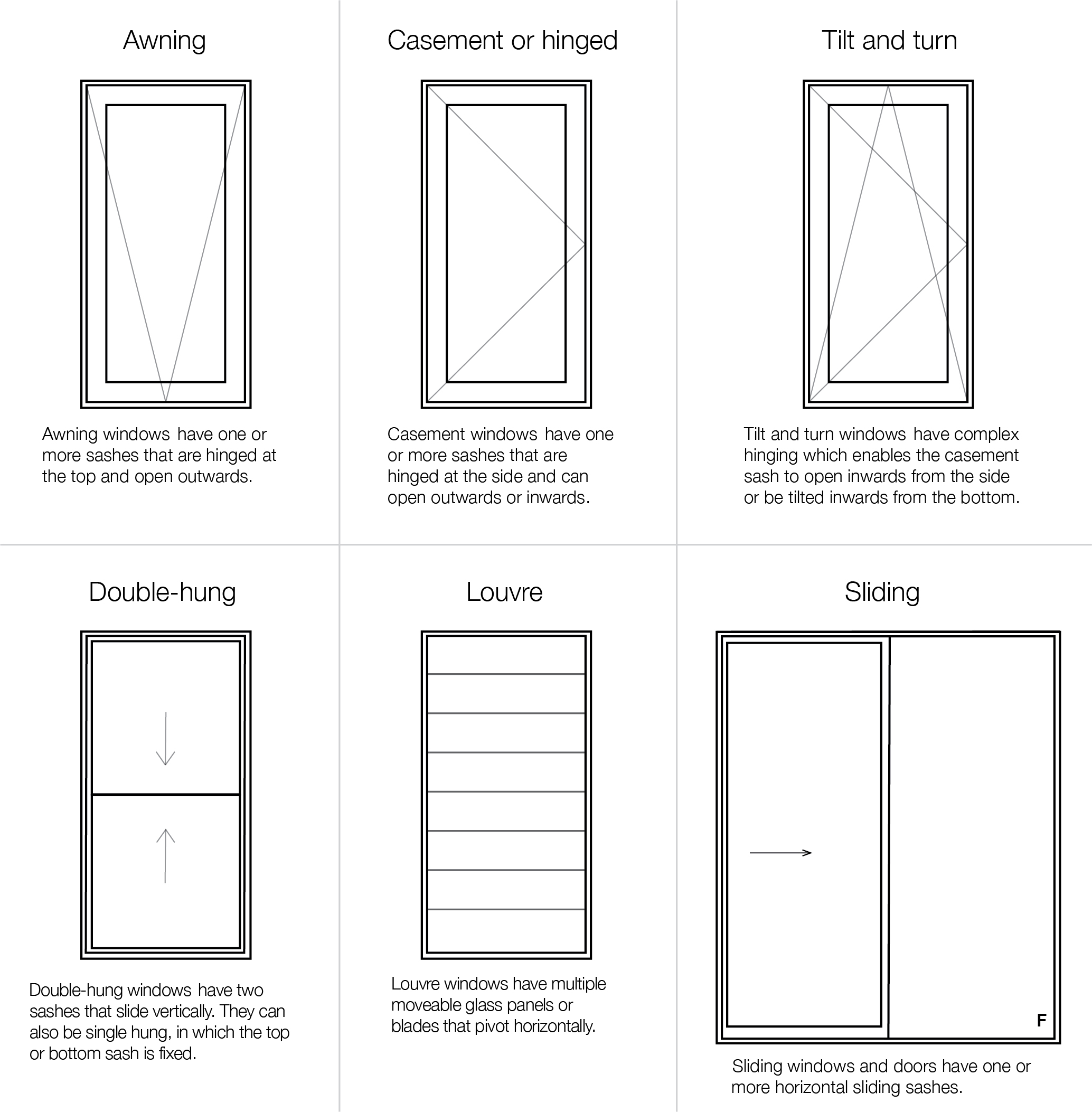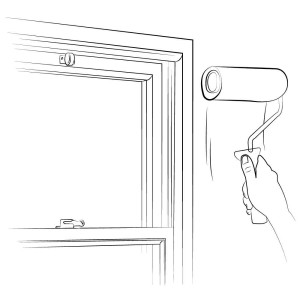All Categories
Featured
Table of Contents
Which Is The Best Type Of Double Glazing? - Which? - Which.co.uk in Watermans Bay WA
That window can transmit more solar heat in winter than in summer season. A west-facing window on a summertime's afternoon has an angle of incidence from near 0 as much as 30 with a big efficient area of solar radiation. A north-facing window, in summer season, has a high angle of occurrence and a low efficient area of solar radiation, so can transfer less heat than a west-facing one.

You can quickly and quickly improve the thermal efficiency of your house by replacing your windows. There are thousands of types of glass and frames to choose from.
Enjoy Your Summer More With Double Glazed Windows in Osborne Park Perth
There are many various kinds of glass products to select from. Single glazing uses a single pane of glass. Single glazing with clear glass is not extremely effective when it pertains to heat loss or gain. To enhance performance, you can utilize single glazing with a more energy-efficient kind of glass such as low emissivity (low-e) glass.
Numerous layers can be put together with sealed cavities between each sheet of glass. IGUs normally provide better energy performance than single glazing, because they transfer less energy. The energy performance of IGUs also depends on: the properties of each layer of glass. Various glass types (for instance, clear and low-e glass) can be created in an IGU.
Enjoy Your Summer More With Double Glazed Windows in Karrinyup WA

IGU cavities can be filled with air or a more inert, low-conductivity gas such as argon the width of the cavity. Larger cavities supply lower (much better) U values, with 12mm normally accepted as the preferred gap how well the cavity is sealed.
If argon is installed to the cavity in place of air, wetness is dependably left out the level of desiccant (drying representative). The spacer (metal or polymer strip) that separates the glass layers includes a desiccant to take in any moisture. Inadequate desiccant may trigger moisture to condense on the glass surface in cold conditions, decreasing thermal performance.
Double Glazing Perth in Kallaroo Western Australia
IGUs can provide much better energy efficiency for all environments, specifically in heated and air-conditioned homes. Cross-section detail of single, double and triple-glazing systems Low emissivity glass (commonly referred to as low-e glass) reduces heat transfer. Low-e glass might be either high or low transmission: High transmission low-e glass has a finishing that enables daylight from the sun to enter your home to achieve good solar heat gain, however minimizes the quantity of the long wavelength infrared heat that can escape back through the window.
Low-e glass has either a pyrolytic covering or a vacuum-deposited thin film metal finish. Pyrolytic coatings are durable and can be utilized for any glazing; vacuum-deposited coatings are soft and are just used within IGUs. Low-e finishes can significantly enhance both U worth and SHGC; however, they must be used properly or they will either degrade or stop working to perform as needed.
Single, Double Or Secondary Glazing, Which Is The Best ... in Booragoon WA
Low-e finishes can be used in mix with clear, toned or reflective glass. Low-e finishings on glazing can minimize heat transfer where required Photo: Department of Industry, Science, Energy and Resources Toned glass has colouring ingredients included throughout manufacture. It is offered in different colours, typically bronze, grey, blue and green.
Table of Contents
Latest Posts
Triple Glazing Vs. Double Glazing: What Are The Differences? in North Beach Western Australia
What Are The Best Upvc Windows For Summer in Secret Harbour WA
Why Is Double Glazing So Important In Winter? in Yanchep WA
More
Latest Posts
Triple Glazing Vs. Double Glazing: What Are The Differences? in North Beach Western Australia
What Are The Best Upvc Windows For Summer in Secret Harbour WA
Why Is Double Glazing So Important In Winter? in Yanchep WA